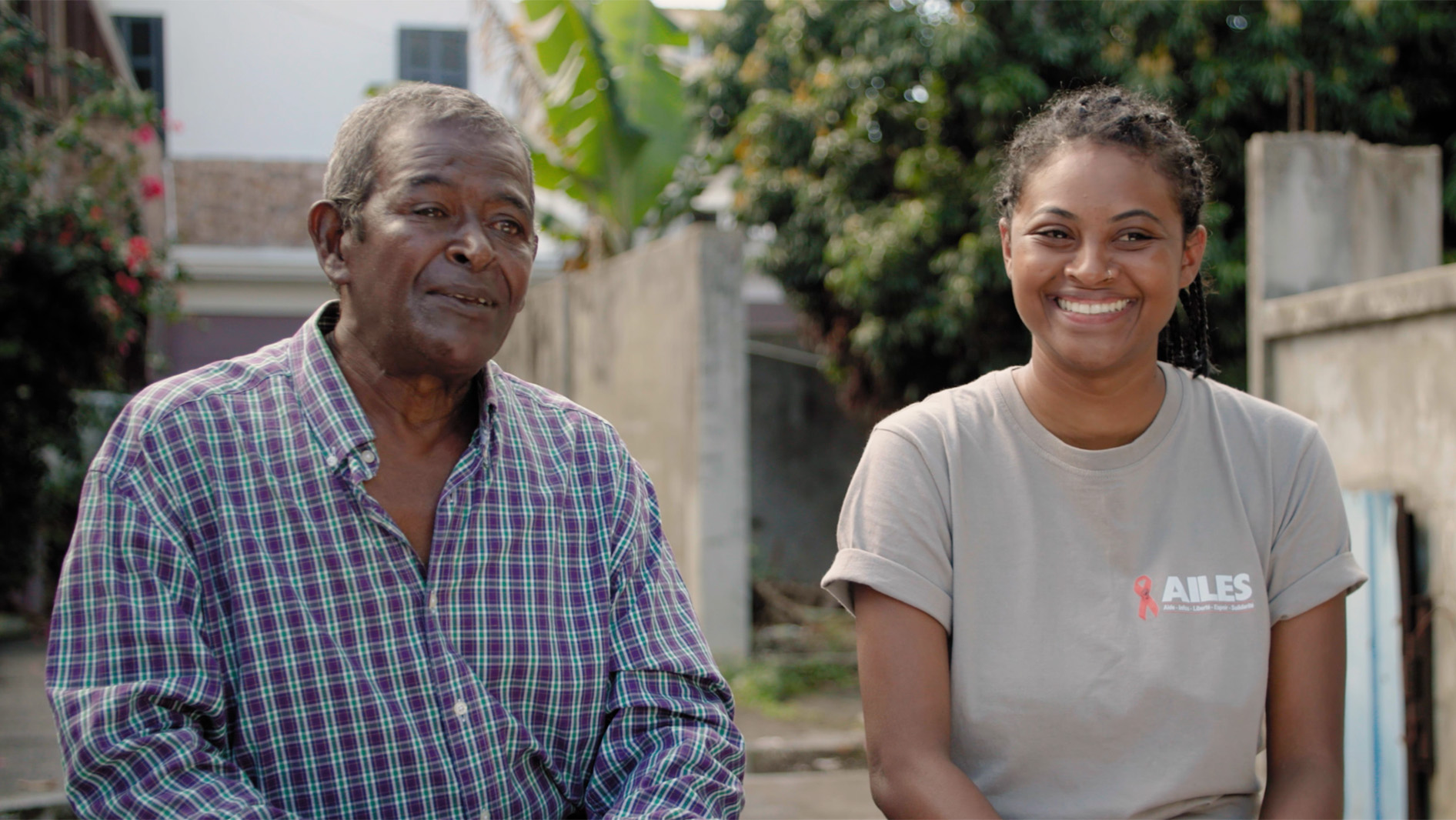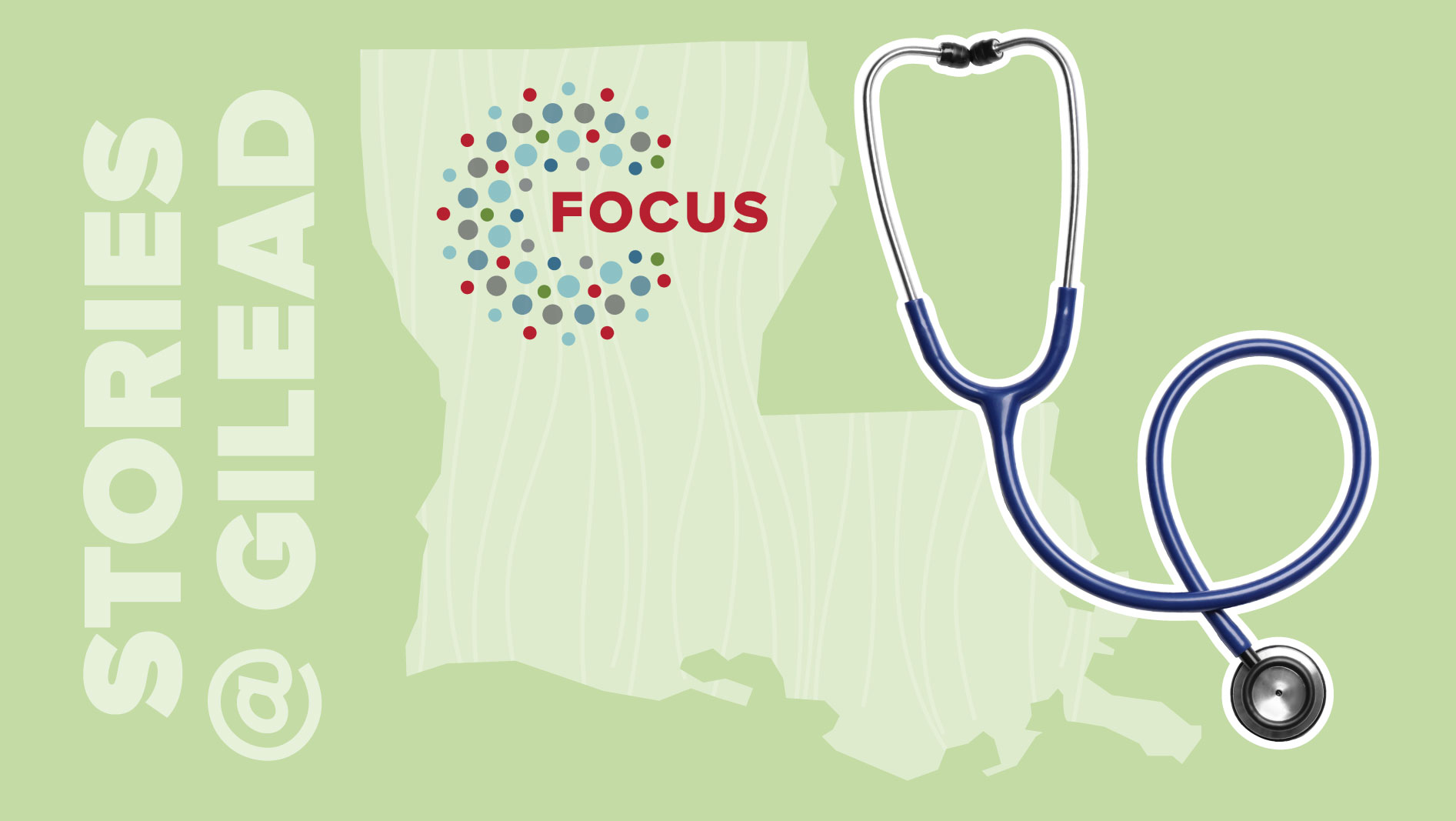Scientific Innovation
Driving Transformational Innovation in HIV Research
Diana Brainard, MD - January 10, 2020 - 5 min read
When I was a medical student in the mid-1990s, the scope and impact of the HIV/AIDS epidemic was devastating and there was little hope for long-term survival. During rotations at Charity Hospital in New Orleans, I observed people living with HIV demonstrate courage, as well as numerous healthcare professionals providing compassionate care.
As the decade progressed, scientific breakthroughs and medical innovations helped bring radical change in the outlook for people living with HIV. In 1996, the development of highly active antiretroviral therapy (HAART) marked the first time that people living with HIV had hope for effective treatment.
HAART is rightly regarded as one of the most important medical breakthroughs of the past quarter-century. For many outside the field of HIV, this innovation reduced the public urgency to address the epidemic, as the perception was that it was largely solved at that moment. But the reality is far more complicated. Thanks to persistent scientists and medical professionals, HAART has proven to be just the opening chapter in an inspirational (and ongoing) story of transformational progress in HIV treatment and prevention.
Innovations in Treatment
By the time I was seeing people with HIV in my own clinic, combination antiretroviral therapy had become standard. While lifesaving, the side effects could be debilitating and adherence to these early regimens was difficult.
I recall an HIV-positive woman from Uganda who, because of drug resistance, had to take a medication that came as multiple large, difficult-to-swallow pills. As a result of the difficulties swallowing the pills, she experienced challenges staying on treatment.
Thankfully, researchers have been working continuously to address the unmet medical needs of people living with and at risk for HIV. Throughout my time in the clinic, HIV treatments have steadily improved. Regimens today are easier to take with fewer side effects than those available in the early days of the HIV epidemic. Gilead was a driving force in this progress – and that is what eventually led me to join the company.
Gilead helped transform the HIV treatment landscape with the first once-daily, single tablet regimen. Since then, Gilead has developed 10 therapies – each developed to provide additional options to people who need them. I am proud to have contributed to this progress.
Innovations in Prevention
The same spirit of innovation is transforming HIV prevention. When I was still a medical student in New Orleans, scientists at Gilead and elsewhere were already exploring the potential of antiretroviral compounds to help prevent HIV infection.
We’re now working with partners in the U.S. and around the world to ensure that the innovations in biomedical prevention benefit everyone who needs it. People at risk of HIV often face barriers in accessing prevention medications, such as limited access to affordable healthcare, low knowledge among medical providers, stigma and discrimination. Greater investment in communities at risk is critical to overcoming these obstacles, and I’m excited to see public- and private-sector stakeholders prioritizing these challenges to help end the HIV epidemic.
Innovating for the Future
Over the course of my career, I’ve witnessed extraordinary scientific progress for people living with HIV – progress that has made it possible to envision a day when the HIV epidemic is a thing of the past. But we’re not there yet.
The reality is that for some people living with HIV, it’s difficult to take a daily pill. In the same spirit that drove us to further enhance treatment and prevention options, we are working to address this challenge next.
We are currently investigating long-acting therapies with the potential to provide viral suppression with a single dose administered as infrequently as twice a year. Developing safe and effective therapies that can be easily administered less frequently holds promise for those wanting to free themselves from thinking about a daily pill, as well as for people who are engaged in HIV care, but face difficulty with daily adherence.
All of us working in this field continue to hope for a cure – and we’re more optimistic than ever about these efforts. For many years, Gilead has been pursuing innovative cure and long-term viral suppression strategies. We currently have several investigational medicines in development that are intended to help eliminate the viral reservoirs where HIV hides in an individual’s body. Our in-house cure research is supported by grants to other researchers to further accelerate progress.
My colleagues and I are excited about the future of HIV innovation, but also impatient. People living with and at risk for HIV are dealing with the virus’s challenges – and meeting the needs of these individuals is what drives us every day. To that end, we are continuing to invest heavily in the research of potential new therapeutic options for HIV treatment, prevention and cure, so that we can help make the end of the HIV epidemic a reality.
Diana Brainard, MD is the Senior Vice President for HIV and Emerging Viruses at Gilead. She is an infectious diseases physician with extensive training and experience in immunology and drug development.



